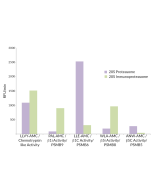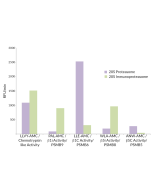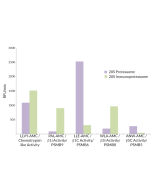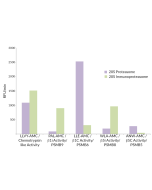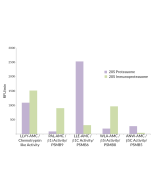Cookie Policy: This site uses cookies to improve your experience. You can find out more about our use of cookies in our Privacy Policy. By continuing to browse this site you agree to our use of cookies.
SouthBayBio
20S Proteasome (mouse) (untagged)
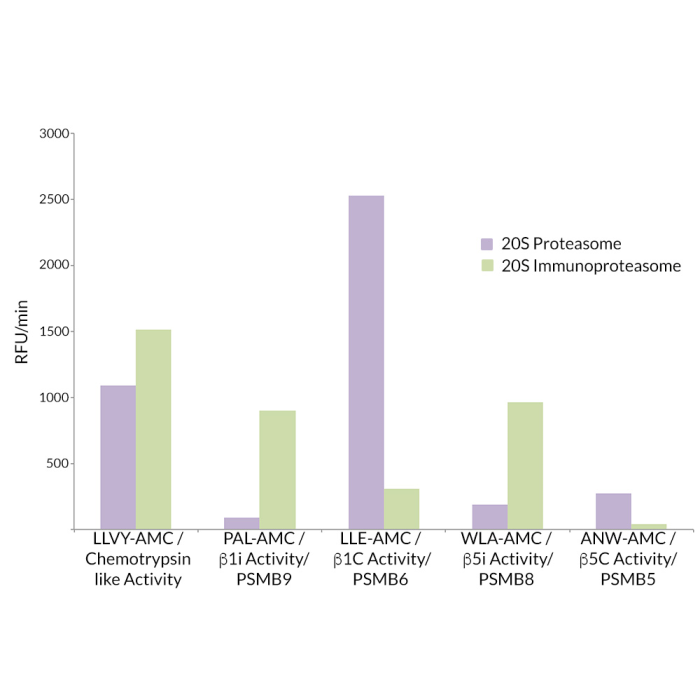
| Product Details | |
|---|---|
| Product Type | Protein |
| Properties | |
| Source/Host | Mouse Erythrocytes |
| Sequence |
Mouse 20S Proteasome. |
| Crossreactivity | Mouse |
| Application |
Able to proteolytically degrade substrates in an ATP-independent manner. The 20S core can be activated chemically with SDS (0.035%) or by the addition of PA28. Initial experiments should be carried out at 20S proteasome concentrations between 2-5nM. |
| MW | ~700kDa |
| Purity | ≥95% (SDS-PAGE) |
| Concentration | Lot dependent. |
| Formulation | Liquid. In 50mM HEPES pH 7.5, 100mM sodium chloride, 1mM TCEP. |
| Other Product Data |
Click here for a Typical Lot-specific Product Datasheet from the Original Manufacturer |
| Declaration | Manufactured by South Bay Bio. |
| Shipping and Handling | |
| Shipping | DRY ICE |
| Short Term Storage | -80°C |
| Long Term Storage | -80°C |
| Handling Advice | Aliquot to avoid freeze/thaw cycles. |
| Use/Stability | Stable for at least 1 year after receipt when stored at -80°C. |
| Documents | |
| Product Specification Sheet | |
| Datasheet |
 Download PDF Download PDF |
The ubiquitin-proteasome pathway is the major proteolytic system in eukaryotic cells, where it catalyzes the selective degradation of short-lived regulatory proteins or the rapid turnover of misfolded proteins. One of the most important proteases in this pathway is the 26S proteasome, an ATP-dependent proteolytic complex, which is formed by the association of the barrel-shaped 20S proteasome (700kDa) and two 19S (700kDa) regulatory complexes. The 20S catalytic core is composed of 4 rings of 28 non-identical subunits; 2 rings are composed of 7 α-subunits and 2 rings are composed of 7 β-subunits. The 20S catalytic core is able to degrade a variety of peptide substrates and poly-ubiquitinated proteins involved with apoptosis, DNA repair, endocytosis and cell cycle control.






